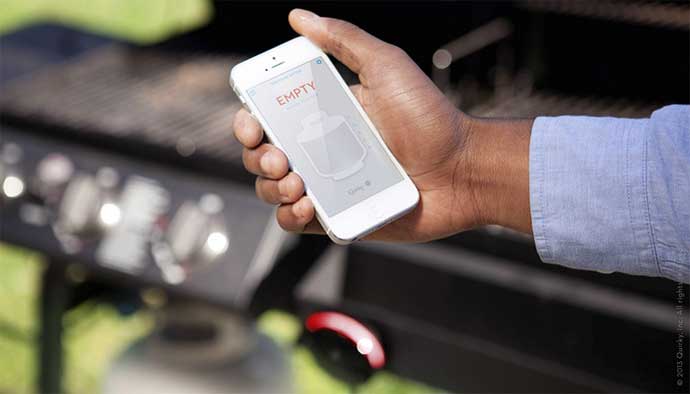Underground storage tanks (USTs), which often contain petroleum or other hazardous substances, can cause major issues for homeowners, buyers and sellers. Because of an inherent risk of leaks, which in turn can contaminate soil, these tanks must be carefully maintained and even removed.
According to the U.S. Environmental Protection Agency (EPA), there are approximately 575,000 underground storage tanks (USTs) nationwide that store petroleum or hazardous substances. Here’s what you absolutely need to know about USTs before you buy or sell to avoid major headaches down the line.
What you need to know about USTs as a…
Home Owner
Because of the inherent health risk involved with contaminated soil and water sources, the U.S. Environmental Protection Agency created the Office of Underground Storage Tanks to set regulations for UST maintenance and removal. USTs may be regulated by state. For more information regarding the state and county regulations that apply to you, visit EPA.
As a homeowner with a UST, you have a few options. You can maintain, replace, empty or remove your underground storage tank.
- Maintain – If you decide to maintain your UST, the EPA provides a guide to preventing UST releases, including information about spill, overfill and corrosion protection as well as correct filling practices.
- Replace – If replacing your UST, be sure to consult local regulations before doing so. Additionally, you should remember that piping should be replaced at the same time as the tank.
- Empty – If you choose to close your UST, you should be sure to follow the specific requirements outlined here. Note that written approval may be required for abandonment.
- Remove – Most experts recommend this option as removing a UST avoids risk of future soil contamination and sink holes. This process must be handled carefully, so be sure to do your research and select a professional.
Home Buyer
Before buying a home, be sure to do your research. Your lender may not approve a mortgage loan for a home with a buried oil tank, or they may make the oil tank’s removal a condition of loan approval. Even if the UST doesn’t currently show signs of leakage, you cannot predict what will happen 5 years from now. Avoid inheriting a larger problem by doing your homework and working with the seller to have the tank properly emptied and filled or removed.
Home Seller
It’s important to understand the expectations and limitations of potential buyers of your home. As noted in the paragraph above, lenders may not approve a mortgage loan for homes with a buried oil tank. USTs can also be a scary liability to potential homebuyers.
It may be in your best interest to empty and fill or remove your buried oil tank to increase buyer interest. Depending on the state, the removal of a non-leaking buried oil tank can cost approximately $2,500. However, if the UST shows sign of leakage and/or soil contamination, removal costs can be substantial. Consult a professional to determine the best option for you.
Header Image Source: Filco Company Inc.







[…] post The Guide to Underground Storage Tanks for Homeowners, Buyers & Sellers appeared first on Coldwell Banker Blue […]
[…] The Guide to Underground Storage Tanks for Homeowners, Buyers & Sellers […]
[…] post The Guide to Underground Storage Tanks for Homeowners, Buyers & Sellers appeared first on Coldwell Banker Blue […]
Thoughtful blog post , Apropos , if anyone has been searching for a a form , my company found a fillable document here
http://goo.gl/SJXKpR